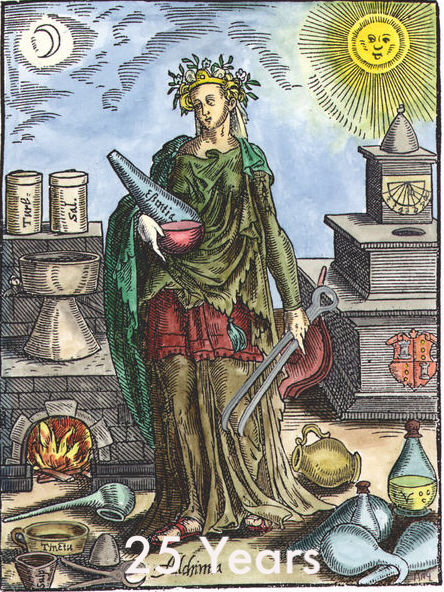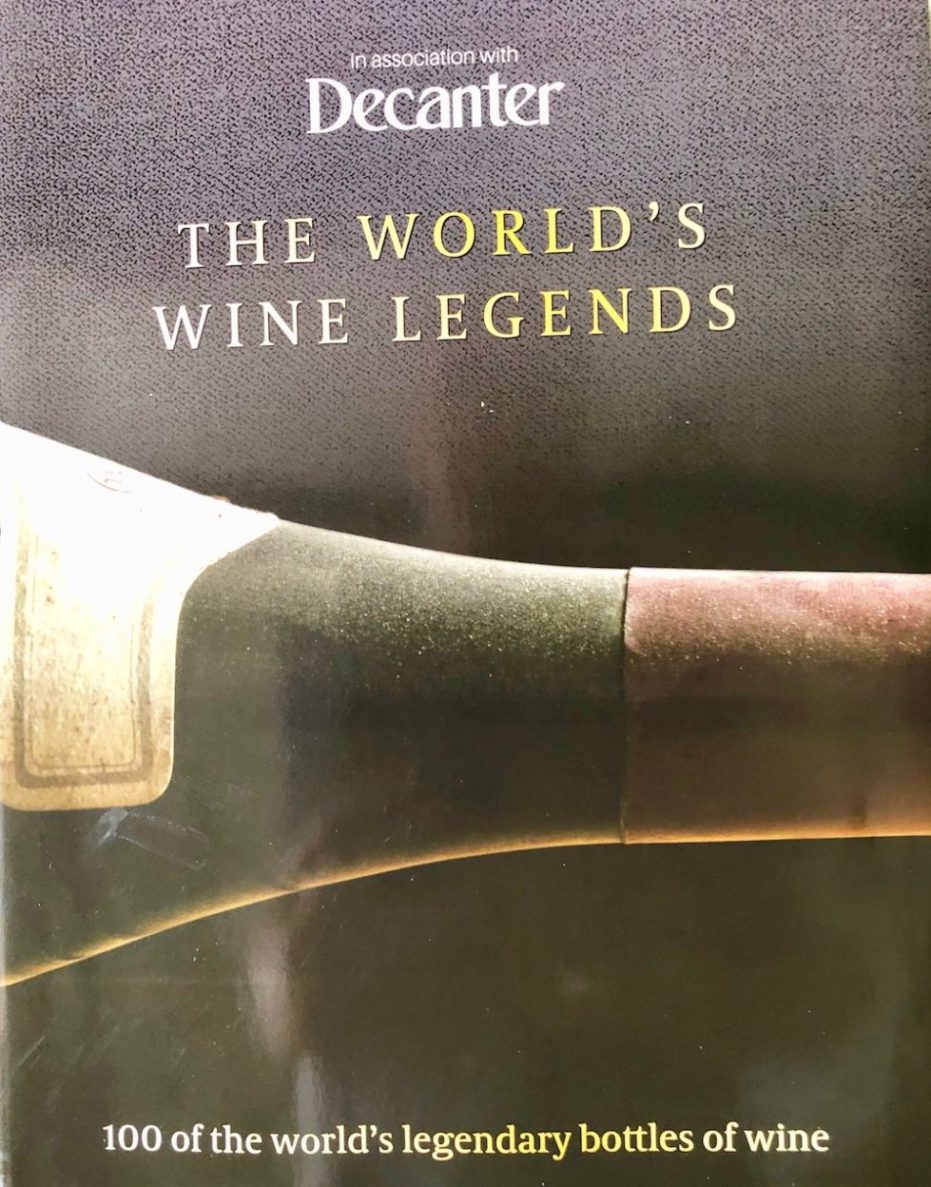The World’s Wine Legends – Book Review
The World’s Wine Legends is a new book by Stephen Brook, the subject of which is 100 of the world’s legendary bottles of wine. Stephen Brook is one of the world’s most prolific and awarded wine writers, with more than thirty published wine books, most of which I seem to own. Who better than him to select 100 bottles from around the world and, in a two-page spread for each wine, tell you in an erudite way why it’s been included, picking a defining vintage and even tracking down what other wine critics had to say?
An Anthology
The World’s Wine Legends is an anthology, as the chosen bottles have all been torn from previous issues of Decanter Magazine. From 2013-2021, the Decanter Wine Legends article was a regular feature, with a single page devoted to one wine every month. So this is old wine in new bottles if you’ll pardon the pun. But these pieces have been chosen and brought together for the first time, anthologised into a handsome volume.
Decanter Wine Legends was a series uncovering the stories behind some (my italics) of the most fantastic wines ever made. The book says that the feature ceased because the supply of wines had started to dry up. I assume that statement refers to the availability of a particular vintage rather than exhausting all the possible candidates.
No doubt restricting this listicle to 100 wines, while challenging, makes sense from a marketing and publishing perspective – it’s an impressive and memorable number. It’s also concise enough to encompass a digestible theme that can still be published at an affordable price. The success of such a format rests upon the author’s choices and hence his selection criteria.
Content and criteria
Possibly, the selection criteria for a Wine Legend evolved during the lengthy lifetime of the feature. Furthermore, the book states that the qualifying requirements included notoriety and influence, as well as sheer quality. And quite rightly, too, as a legendary wine is much more than the quality of the product. It concerns the stories of all the people involved, the receptiveness of the marketplace, timing and luck. To quote Shakespeare, some are born great, some achieve greatness, and some have greatness thrust upon them.
Meanwhile, try asking 100 wine writers to make a list of 100 wine legends. Maybe there will be some agreement and overlap, but if you make a list by committee, you will risk either a bland consensus or a lot of shouting. Far better for it to be a personal selection. It isn’t easy deciding what to include or omit, and while reading this book, I attempted to make a list of my own. Immediately, personal preferences, tastes, memories and biases intrude. Consequently, much of the fun is seeing what’s in and not.
What’s in
I’ll single out a few inclusions for particular praise. One is Mas de Daumas Gassac, bringing a transformation in Languedoc. As did Château Musar in Lebanon. On a personal note, Domaine Jamet’s Côte-Rôtie 1990 brings back unforgettable memories of buying a case of that wine at the property from Joseph Jamet.
In addition, of the eight sparkling wines, seven are superb Champagnes, including Salon, Cristal,and Billecart-Salmon. The other is a solitary Cava. There’s no Italian fizz, but it’s hard to argue with those featured.
Balance of Content
But let’s look at the selection regarding the balance of content, as this book has attempted to be globally representative. The Europe gets 70% of the wines, the rest 30%. Arguably justifiable, as Europe has bequeathed virtually every grape variety and winemaking style. It’s got a much longer vinous history too. But it erroneously implies that Europe has more great wines, which is not the case. Perhaps this balance is reflective of Decanter reader preferences?
But what about the fact that 65% of the wines in the book are red? Only 19% are white (not including fizz).
Whites are, in my opinion, under-represented here. For example, there’s a robust case for Cloudy Bay Sauvignon Blanc from New Zealand. This was massively influential, heralding the development of an entirely new wine region with a unique style of Sauvignon Blanc. And while 1921 Chateau d’Yquem was in the original series, it’s been left out of the book.
Thirty-nine of the wines included are French, including twenty from Bordeaux and Burgundy. Again, perhaps this weighting is as reflective of Decanter’s traditional readership as it is of excellence. Yet it’s brave to omit Domaine de La Romanée Conti from Burgundy. After all, their La Tâche and Richebourg were Decanter Wine Legends. That’s especially so given their rivals at Domaine Leroy get their Richebourg in.
For Australia, Penfold’s Grange didn’t make it, and there’s no Henschke Hill of Grace either. In Italy, I take issue with the decision to include Ornellaia rather than Sassicaia. There should have been space for Tignanello, which defined SuperTuscans, made IGT covetable and changed Chianti forever.
Meanwhile, in California, Cabernet Sauvignon dominates. Ridge Montebello picks itself, while Screaming Eagle’s notoriety scrapes it in. Curiously, for American Pinot Noir, you’ll need to look to Oregon.
As for rosé, there’s none at all. Perhaps a Provençal rosé deserves a spot, given the global resurgence of rosé. There’s controversy!
And Finally
However, it’s all very well making alternative suggestions, but it’s difficult to argue with the merits of the wines included. Which wines would you take out? There can’t be a definitive list, and the scope for debate is endless. That’s the point; it’s a hugely enjoyable variation on fantasy football for wine-lovers. Harry Kane or Jimmy Greaves*? There are no correct answers. Perhaps the only way to resolve it is to ask Mr Brook to write a follow-up volume in due course!
One more point – many of these wines were always stratospherically expensive. Furthermore, some are now unattainable regardless of cost. However, quite a few wines remain affordable and available despite acquiring their legendary status. That’s as long as you don’t fixate on the vintage year. However, in my view, genuinely great wines transcend vintage variation. For example, various vintages of Château Musar are available for £20-30. Mas de Daumas Gassac is around £35, while Meerlust Rubicon is around £25.
A final word of praise for the book’s “production values”. The quality is high; hardback, silken paper, quality photography, and excellent layout. Even the dimensions (28 x 22 cms) make for readability. This isn’t some unwieldy coffee table book that can’t be read in bed.
This book will be out soon, in good time for Christmas. So if you’re looking for a thoughtful present for the wine-lover in your life, look no further.
The World’s Wine Legends, by Stephen Brook. 256 pages. ISBN 978-1-912918 -86- 7.
Published by Sona Books, out on 19 September 2022.
Available to pre-order now, for example, at Hive, at £22.75. (RRP £30.00).
*Jimmy, obvs.

